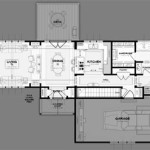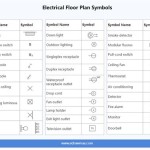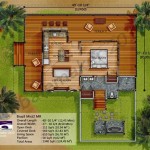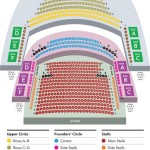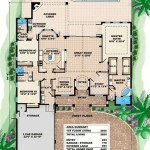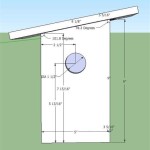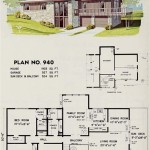How to Craft a Tiny House Floor Plan
Creating a tiny house floor plan is an exhilarating and purposeful endeavor. By carefully considering your needs and aspirations, you can design a living space that is both functional and inspiring. Here are the essential aspects to guide you on this journey:
1. Determine Your Space Requirements
Start by assessing your essential living needs. Consider the activities you engage in daily, the belongings you must accommodate, and the level of privacy you desire. Determine the minimum square footage that will comfortably support your lifestyle.
2. Define Functional Zones
Divide your available space into functional zones, such as sleeping, cooking, dining, and storage. Allocate specific areas for each zone based on your priorities and anticipated usage. Aim for a seamless and efficient flow between these zones.
3. Optimize Vertical Space
Tiny houses often require creative solutions to maximize space. Utilize vertical storage solutions, such as shelves, cabinets, and drawers. Consider loft beds to elevate sleeping quarters, creating additional floor space for other activities.
4. Prioritize Natural Light
Incorporate plenty of windows into your floor plan to bring in natural light. This not only enhances the ambiance but also reduces the need for artificial lighting, saving energy and creating a more inviting atmosphere.
5. Incorporate Multi-Purpose Areas
Design spaces that serve multiple functions. For example, a kitchen counter can double as a dining table, and a living room area can transform into a guest room. This versatility optimizes space and enhances the flexibility of your tiny house.
6. Consider Storage Solutions
Storage is crucial in tiny houses. Plan for ample storage in every zone. Utilize under-bed storage, built-in drawers, and overhead cabinets. Vertical storage and stackable containers are also effective space-saving options.
7. Design for Flexibility
As your needs and preferences evolve, it's beneficial to design a floor plan that allows for flexibility. Use movable partitions or furniture to adjust the layout and accommodate different uses over time.
8. Seek Professional Guidance (Optional)
If you lack design experience or require expert advice, consider consulting with an architect or interior designer who specializes in tiny houses. Their guidance can help you optimize your space and create a functional and aesthetically pleasing floor plan.
Conclusion
Designing a tiny house floor plan is a meticulous process that requires careful planning and consideration. By following these essential aspects, you can create a living space that aligns with your needs and aspirations. Remember to focus on functionality, maximize space, and embrace flexibility to build a tiny house that feels like home.

Tiny House Plan Examples

Tiny House Floor Plans With Lower Level Beds Tinyhousedesign Design

Tiny House Floor Plans Design Your

Small Home Design Live 3d

Tiny House Floor Plans 32 Long Home On Wheels Design

Tiny House Plan Examples

Tiny House Design Floor Plans

A Three Full Bed Tiny House Design Floor Plan With Twin And Queen Upstairs No Storage Loft Plans Small

Tiny House Floor Plans 32 Home On Wheels Design

New Tiny House Plans Blog Eplans Com

